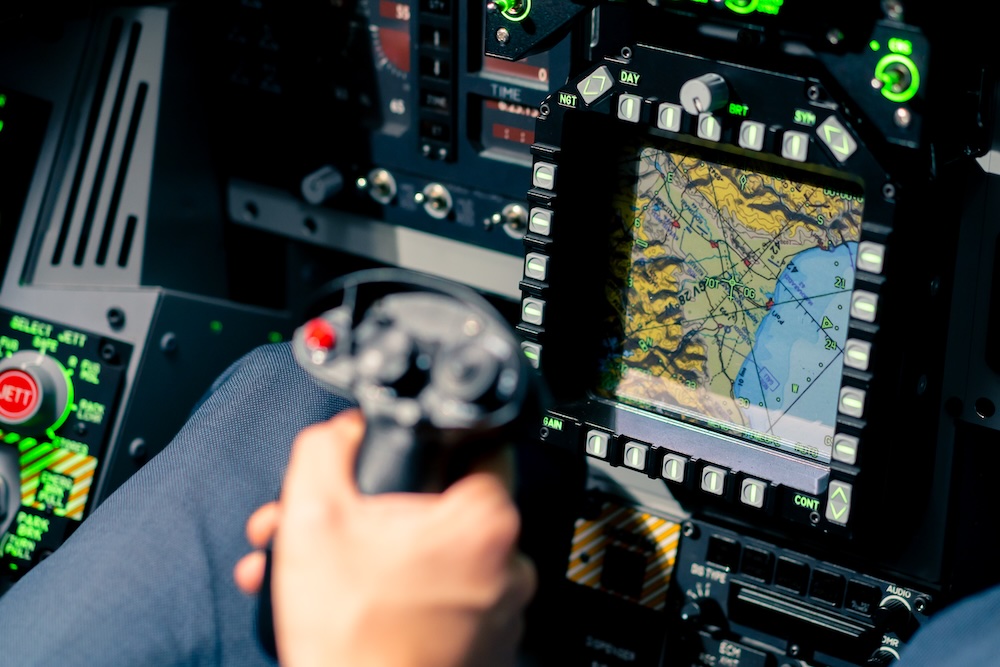


Bulgarian authorities and the European Commission said deliberate interference was suspected; the aircraft landed safely and the visit proceeded.
According to reports, the crew lost reliable GPS-based services during the approach and circled before executing a manual landing using conventional procedures and paper charts. The disruption was not confined to the aircraft and affected signals in the wider area around the airport, officials said.
An EU spokesperson confirmed GPS jamming during the flight and said Bulgarian authorities suspect Russian involvement. Moscow denied responsibility. The Kremlin’s press secretary, Dmitry Peskov, rejected the accusation when asked on Monday.
The incident highlights a trend of satellite-navigation interference reported across parts of Eastern Europe and the Baltic Sea region since 2022. Aviation regulators and industry have documented increases in both jamming—where signals are overpowered—and spoofing, which feeds receivers with false position or timing data. The European Union Aviation Safety Agency (EASA) updated its Safety Information Bulletin in July 2024 to warn operators about these threats and to reiterate mitigations, including reverting to ground-based aids and established non-GNSS procedures.
Electronic interference has been observed along multiple frontiers bordering Russia and Belarus. Recent technical studies detail spoofing events that created false flight paths and widespread navigation anomalies in Western Russia and the Black Sea approach, affecting numerous flights. Independent investigations have also chronicled earlier, large-scale spoofing activity around Crimea, the eastern Mediterranean and Russian territory.
While early media accounts of Sunday’s disruption used the shorthand “GPS spoofing,” Bulgarian and EU statements referred specifically to jamming. The two methods are distinct but often appear together in contested electromagnetic environments. EASA defines jamming as blocking the signal and spoofing as substituting it with counterfeit data; both can degrade aircraft situational awareness if not promptly identified and managed.
Allied officials have warned that such interference now poses a routine operational challenge. NATO’s Aviation Committee said in May that deliberate jamming and spoofing are becoming more frequent and more sophisticated, and it is working with civil and military stakeholders on mitigation measures. Airlines in Northern and Eastern Europe have expanded training for crews to handle navigation anomalies and to cross-check positions against independent references.
The suspected attack on von der Leyen’s flight has revived earlier warnings from regional analysts. In 2019, the Ukrainian journal Black Sea Security published an article by Eduard Pleshko examining Russian GPS spoofing as a threat to maritime safety, arguing for rapid countermeasures as the practice began to appear in the Black Sea theatre. The piece is cited in subsequent Ukrainian security literature and reflects concerns that have since spread into civil aviation.
European capitals have raised the issue repeatedly. Several EU member states have warned that persistent interference increases workload for aircrews and air traffic control, raises the risk of navigational error and can disrupt safety systems that depend on precise timing. The Financial Times reported that 13 EU countries have flagged the risk profile associated with repeated incidents of this kind.
Technical mitigations exist. Modern airliners carry inertial reference systems, radio-navigation receivers (VOR/DME), instrument landing systems and surveillance tools that do not rely solely on GNSS; pilots are trained to switch to these when GNSS integrity is in doubt. Regulators on both sides of the Atlantic issued advisories in 2024 urging operators to brief crews, rehearse interference scenarios and ensure procedures for independent cross-checks are current.
Attribution in electromagnetic incidents remains technically complex. Jamming sources can be mobile and transient, and spoofing can be conducted from varied platforms. Nevertheless, Sunday’s event fits a pattern documented by researchers and authorities since the start of Russia’s full-scale war against Ukraine, with repeated interference episodes recorded along NATO’s eastern flank and over adjacent seas. Investigations by Bulgarian and EU services are continuing.